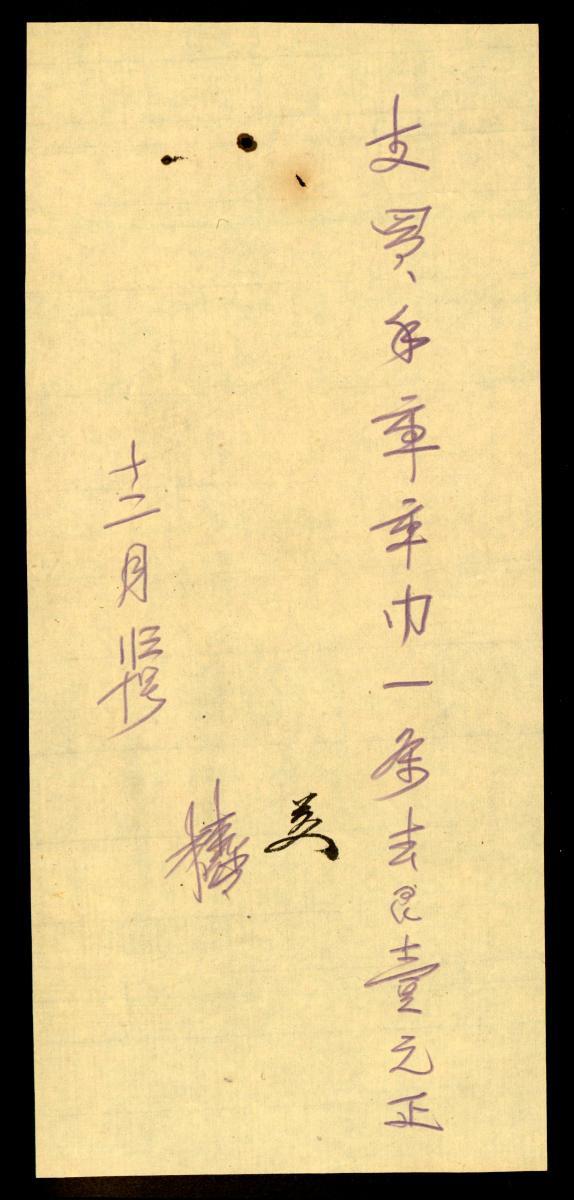A jhabla is a child’s vest worn by Parsi children as part of their traditional costume. Some jhablas were embroidered in China and brought to India by Parsi merchants who traded in opium, tea, and silk in China. Chinese silk embroidery was in great demand by the Parsi community of Gujarat and Bombay. As China trade brought affluence to the Parsis, they proudly highlighted these connections through display of Chinese goods, which became status symbols. This vest follows the typical design favoured by the Parsis – it is finished with a rich band of embroidery around the armholes and bottom of the tunic. The rich decoration includes floral vines, flowers, trees, and other plants, as well as birds, all in a garden scene.















